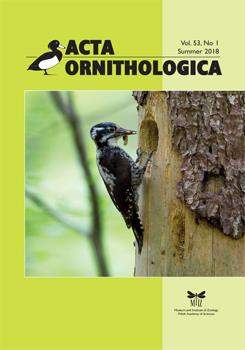We studied the sequential use of tree cavities by the cavity-nesting bird community in a riparian forest ecosystem of south-western India during 2013–2015. During the study period, a total of 376 nests of 20 cavity-nesting bird species comprising six primary and 14 secondary cavity nesters were located in the riparian forest. The cavity use pattern showed that one-third of the cavities were reused by birds and that the majority of the reused cavities were located in live trees. A lesser proportion (5%) of cavities used by birds was reused by other animal taxa. Competition for nest cavity use was observed among bird species in which Common Myna Acridotheres tristis was found to be the major competitor. A strong correlation was found between the bird body mass and nest cavity dimensions. Cluster analysis based on tree and cavity characteristics divided the avian community into five groups. We constructed a nest web for community structure that showed cavity resource use by various primary and secondary cavity-nesters. Woodpeckers (Greater Golden-backed Woodpecker Chrysocolaptes guttacristatus, White-naped Woodpecker C. festivus, and Browncapped Pygmy Woodpecker Dendrocopos nanus) as well as barbets (Brown-headed Barbet Psilopogon zeylanica, Coppersmith Barbet P. haemacephala and White-cheeked Barbet P. viridis) formed the key excavators in the riparian forest. While many of the smaller secondary cavity-nesting birds depend on the excavated cavities for nesting and reproduction, large-sized birds used decay formed cavities.
How to translate text using browser tools
1 July 2018
Sequential Use of Tree Cavities by Birds and Nest Web in a Riparian Forest in Southwest India
Perumal Manikandan,
Paramasivam Balasubramanian
ACCESS THE FULL ARTICLE

Acta Ornithologica
Vol. 53 • No. 1
July 2018
Vol. 53 • No. 1
July 2018
cavity-nesting birds
nest web
tree holes
Western Ghats




